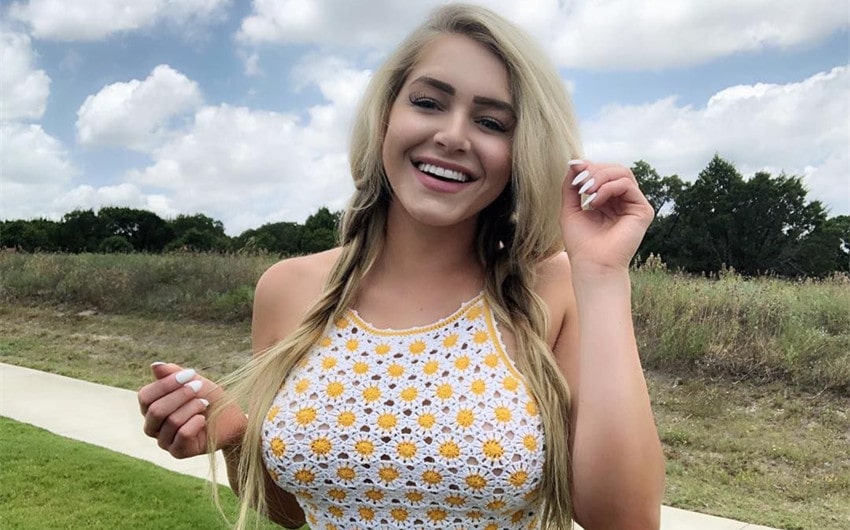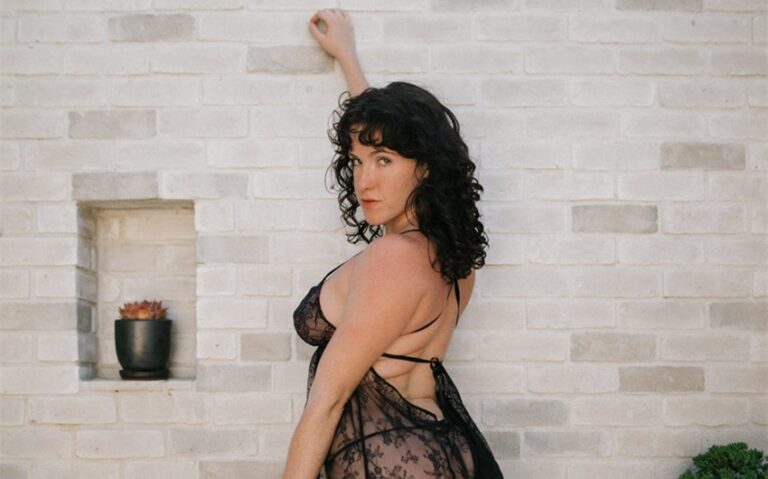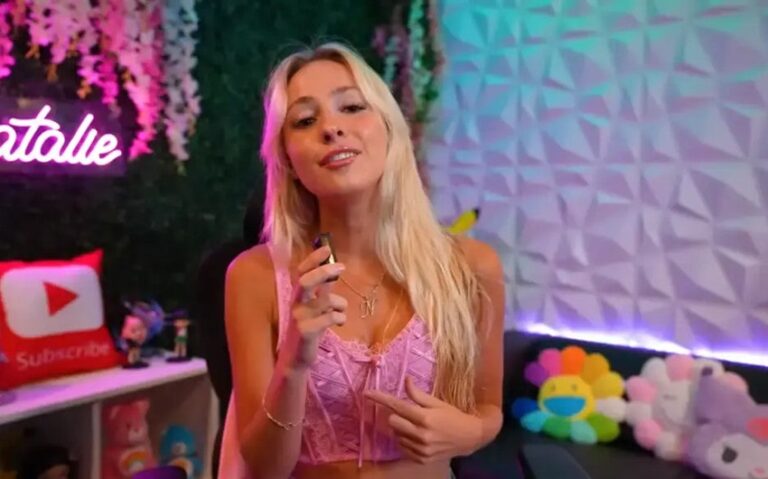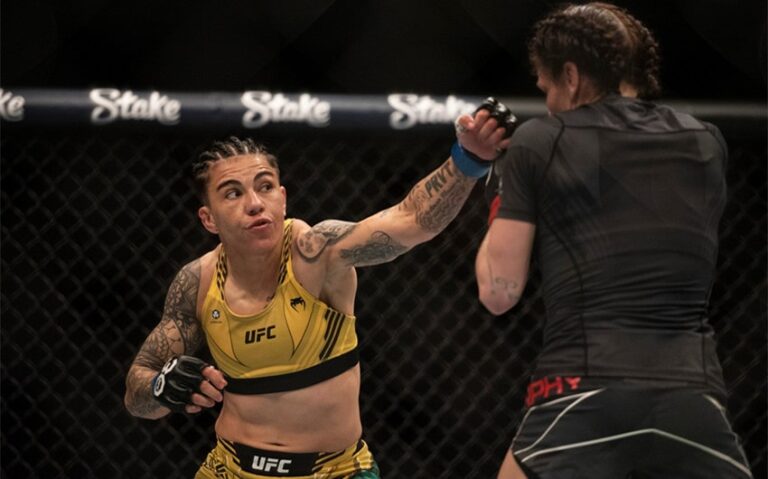Courtney Tailor’s OnlyFans and the Complex Reality of Influencer Fame
There’s no way to talk about Courtney Tailor’s OnlyFans without acknowledging the layers that surround it. Known publicly as a fitness model, influencer, and content creator, Courtney Tailor—born Courtney Clenney—built a massive online following by combining glamour, fitness, and charm into a consistent and highly profitable digital brand. But in recent years, her name has also become attached to one of the most high-profile controversies in influencer history. As her legal troubles have unfolded in the public eye, her OnlyFans presence continues to draw both curiosity and criticism. The story is complex—and it’s still unfolding.
Who Is Courtney Tailor?
Courtney Tailor is the online persona of Courtney Clenney, an American influencer born on April 21, 1996, in Midland, Texas. Raised in Austin, she began acting and modeling at the age of 13. Her early career included small roles in film and television, including a background appearance in Everybody Wants Some!! and G-Eazy’s popular music video for “Me, Myself & I.”
Her big break came in the world of fitness modeling. By her late teens, Courtney had built an impressive physique and began competing in National Physique Committee (NPC) events. In 2016, she won the NPC Brew City Bikini contest, solidifying her place in the fitness modeling world. Her dedication to training and her camera-ready looks quickly gained attention on Instagram, where she began posting workout videos, fitness advice, and modeling shots.
Today, her Instagram account boasts over 2 million followers. She has also worked with major brands like Fashion Nova, EHPlabs, and Glamour Nutrition. Her aesthetic is unmistakable—sun-soaked, sculpted, and curated to match a fitness-meets-lifestyle vibe that her audience clearly loves.
Her Rise to Prominence and Online Content Strategy
Courtney’s brand combines high-gloss fitness culture with a more playful, flirtatious tone that’s deeply embedded in influencer aesthetics. She posts consistently, engaging her followers with workout routines, bikini photoshoots, day-in-the-life content, and glimpses of her luxury lifestyle. It’s a well-managed feed: confident, aspirational, and highly visual.
As her follower count grew, so did her revenue streams. She monetized her brand through sponsorships, affiliate marketing, and later, her OnlyFans account. Fans were already following her for modeling and lifestyle content—so the move to a subscription-based platform made business sense. It gave her greater control, direct income, and access to fans without relying on third-party brand partnerships.
What to Expect From Courtney Tailor’s OnlyFans
Courtney Tailor’s OnlyFans has become one of her most lucrative ventures. While specific post content is behind a paywall and remains private, fan reviews and subscription pages suggest that her uploads include modeling photo sets, swimwear and lingerie shoots, and possibly some fitness-themed visuals. It’s a continuation of what she shares on Instagram, but with more frequency, exclusivity, and personalization.
The subscription reportedly costs around $9.99 per month, and sources have estimated that she earns in the mid-six figures annually from the platform. This success reflects a broader trend of influencers leveraging platforms like OnlyFans to turn attention into income—especially when they already have a loyal, engaged fanbase.
Her content doesn’t cross into explicit territory according to her public stance, but it does embrace sensuality. Think polished photography, toned gym shots, and private messaging interactions—elements that reflect her image as both a model and entertainer.
The Legal Controversy and Its Impact on Her Brand
Courtney’s OnlyFans would have likely remained a footnote in her influencer career—if not for the tragic events of April 2022. That year, Courtney Clenney was arrested and charged with second-degree murder for the fatal stabbing of her boyfriend, Christian Obumseli, in their Miami apartment. The case immediately exploded in the media, in part because Courtney had built such a recognizable brand under the name “Courtney Tailor.”
Clenney claimed the incident was an act of self-defense during a violent confrontation, while prosecutors and the victim’s family painted a picture of a toxic, abusive relationship in which she was the aggressor. Surveillance footage, text messages, and witness accounts continue to be examined in an ongoing legal process.
What made the case even more controversial was the timing. At the peak of the media storm, her OnlyFans account was still active. Content continued to be posted—raising questions about whether it was scheduled, managed by someone else, or simply left running during legal proceedings. Critics called it inappropriate, while supporters argued that it was part of an automated content strategy and not an indication of her personal state.
Regardless of interpretation, the visibility of Courtney Tailor’s OnlyFans during such a serious criminal investigation fueled public scrutiny. Her glamorous online presence stood in stark contrast to the grim reality of the charges she faced, and that contradiction became a central talking point in online discourse.
Navigating Fame and Platform Strategy Under Scrutiny
Courtney Tailor’s story exposes a challenging truth about the influencer economy: once you monetize your image, that image is no longer fully in your control. The content you post—no matter how curated—can be reinterpreted, dissected, and used against you when the context changes.
For Courtney, maintaining a digital presence while facing serious legal issues has amplified the emotional and reputational stakes of her case. Some critics have condemned her continued earnings from OnlyFans during the investigation, while others defend her right to keep her business running in the absence of a legal verdict.
Her Instagram activity slowed but didn’t stop entirely. Meanwhile, her digital brand—built through years of modeling and engagement—remains tied to a case that continues to dominate headlines. It’s a precarious position for any public figure, let alone one whose fame is built largely on personal access and aesthetic appeal.
Broader Implications for Creators and Platform Ownership
Courtney Tailor’s OnlyFans isn’t just a personal story—it’s a window into the complexities of the creator economy. For influencers, platforms like OnlyFans provide independence, income, and flexibility. But they also come with risks: privacy invasions, brand vulnerability, and, in Courtney’s case, legal scrutiny that blurs the line between public and private life.
Creators today must navigate a high-wire act: staying relevant without becoming overexposed, monetizing identity without losing autonomy, and managing success in a world where one headline can change everything.
Courtney’s situation also raises important questions about ethics, timing, and audience perception. Should creators pause public activity during personal or legal crises? Does maintaining content during controversy damage trust—or is it a necessary business decision? There are no easy answers, but her story forces the conversation.
Featured Image Source: pinterest.com







